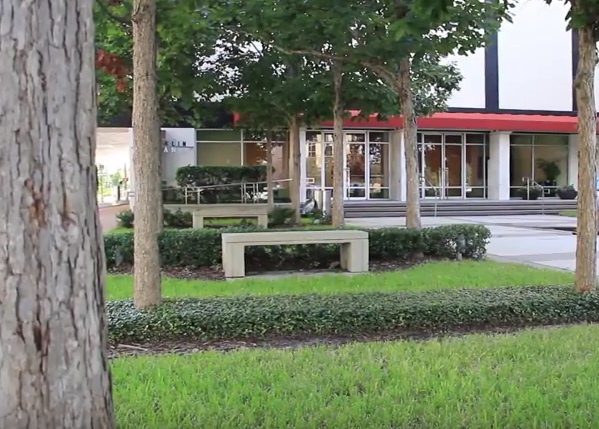
Credit: Priya Jaishanker
Cities can be extremely hot during long summer days. Air conditioning is often needed indoors and in cars to offset high temperatures. This heat can discourage people from spending time outdoors and enjoying the city. Urban forests and parks provide refuge from the heat, giving people a place to relax and feel comfortable. Under tree canopies, temperatures can be up to ten degrees lower than in direct sunlight. This creates the perfect space for people to walk, meet with friends, and take breaks from work.
Establishing a healthy and long-lasting urban forest requires careful planning and engineering, resulting in long term benefits that outweigh the initial costs. Concrete hardscapes and other infrastructure can be designed to allow a beneficial growing space for trees while also providing shade and aesthetics to surrounding buildings. For example, landscape engineers can excavate compacted soil out of a large planting area and re-fill it with a planting mix (mineral soil, crushed rock, and sand) that provides the drainage and soil nutrients necessary to support a healthy root system, trunk, and canopy. The long term benefits of providing urban trees what they need (ample space, nutrients, drainage, sunlight, shelter from disturbance) pay off in numerous ways to urban residents and workers. Parks are often strategically placed near office complexes to encourage workers to visit these green spaces during their lunch breaks and relax. This boosts their productivity when they return to work, leading many companies to explore the idea of investing in urban forests.
Watch Trees for Comfort in Public Places to learn more. This video is part of a series, Trees for Energy Conservation, developed by the Southern Regional Extension Forestry and Virginia Tech Cooperative Extension with funding provided by a National Urban and Community Forestry Advisory Council grant.
Written by: Connor McDonald & Holly Campbell, Southern Regional Extension Forestry
